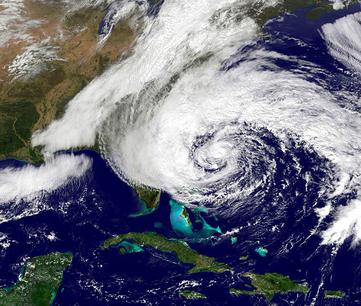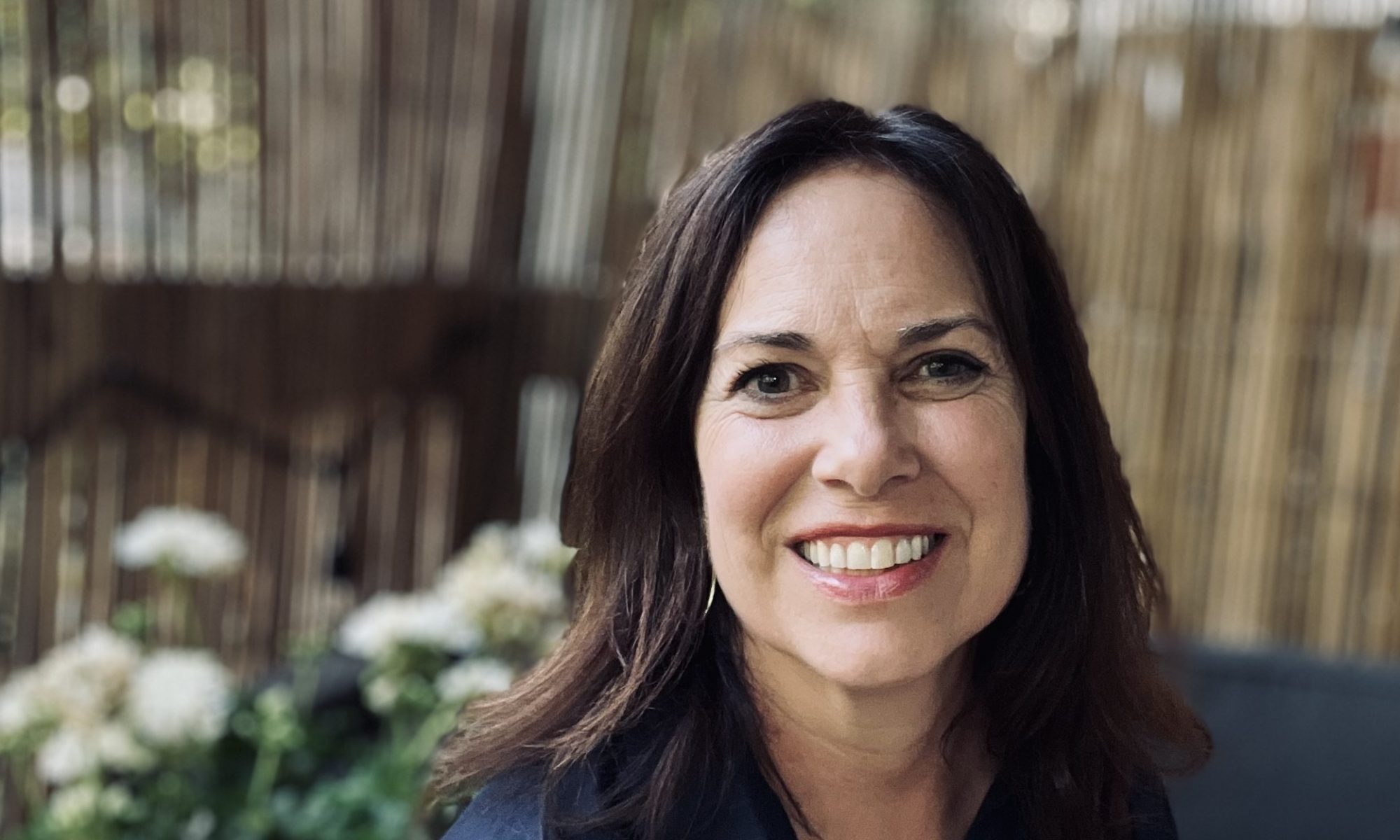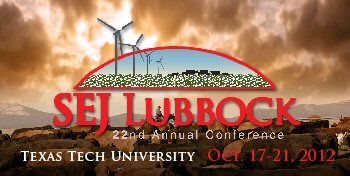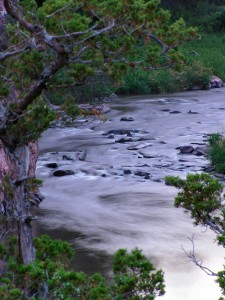BALTIMORE—Ninth grade science at the Academy for Career and College Education began the usual way last fall. Victoria Matthew’s students learned the difference between biotic and abiotic characteristics, then progressed to the basics of scientific method. By Thanksgiving, they were ready for climate change. That’s when Matthew braced herself.
“Initially, I thought I was going to get a lot of pushback from the kids, said Matthew, a teacher at the inner-city charter school for grades six through 12. “But I didn’t encounter any. I was surprised.”
Like teaching evolution, efforts to improve climate science lessons have opened rifts in classrooms and school districts across the United States. Parents have pressured teachers not to teach the subject. Teachers have watered down the science. Special interests – from the Heartland Institute on the right to Facing the Future on the left – have vied to influence curriculum. Some states and districts have ignored the topic altogether. Others insist on a “balanced” debate that pits a small minority of scientists who deny human-driven climate change against the findings of nearly all earth and atmospheric scientists.
But the landscape is changing rapidly and profoundly in public schools. Image: Wikimedia Commons/Canadian2006
Image: Wikimedia Commons/Canadian2006
Earlier this month, the education-based nonprofit Achieve, Inc. released draft “next generation science standards” for elementary, middle- and high-school classrooms. Developed from recommendations by the National Research Council, the standards represent the first comprehensive revision of U.S. science curricula in 15 years. They highlight “cross-cutting” concepts that touch various disciplines, giving students a “cumulative, coherent and usable understanding” of science and engineering. Climate change plays a key role.
Groups are stepping forward to buttress climate science in schools, pushing to ensure the topic is well-represented in new national science standards. Science and education leaders are seeking ways to broaden climate science from a narrow unit of earth science curriculum into an interdisciplinary subject taught across a variety of physical and social science classes.
The hope is that, if educators can effectively teach the nuance and complexity of climate change, the gains would bolster larger efforts to improve science education overall, aiding literacy and critical thinking.
“The reality of climate change is that it’s utterly interdisciplinary,” said Frank Niepold, climate education coordinator for the National Oceanic and Atmospheric Administration. “Effective climate change education … has to have strong earth science, biology and physics components, and it has to connect to social science, history, psychology, and economics. It has to answer ‘How did we get into this pickle?'”
Two problems with climate change make it a subject teachers are loath to teach: Climate change is complex – touching on economic, social, political and scientific issues to a far greater degree than most other science topics. And climate change politics put teachers square in the middle of an ideological battle.
Climate science is now taught in many districts in the earth science curriculum, mostly in middle school grades. Left there, it’s doomed for failure, Niepold said. As students advance to high school, core science becomes specialized, displacing interdisciplinary, predominantly earth science-based concepts like climate change.
Statistics show that 83 percent of U.S. high school students take biology, 50 percent take chemistry, 20 percent take physics, and just 20 percent take earth science courses, said Niepold. “Even if the earth science classes were amazingly effective, we’re only reaching 20 percent of all high school students.”
More troubling, earth science is frequently reserved for kids not destined for college, said Niepold. Many college-bound high school students are fast-tracked through biology, chemistry, physics, and advanced placement science classes, skipping the topic. As a result, college-bound seniors can emerge from high school without much exposure to climate science.
“Climate change should be everywhere in the curriculum, but as a result of its complexity it is nowhere,” said Jill Karsten, program director for education and diversity at the geosciences directorate of the National Science Foundation.
The push to broaden climate science curricula brings up the second problem: By embedding climate change into an economics or ecology lesson, schools and teachers expose themselves to charges that they’re politicizing the classroom.
Roberta Johnson, executive director of Boulder, Colo.-based National Earth Science Teachers Association, recalls an incident reported by an Indiana teacher on a recent survey: The teacher had started a climate change unit. A parent, angry at the lesson plan, threatened to commandeer the classroom and dispute the legitimacy of the science. The teacher, thinking the dispute could lead to a useful discussion on science and truth, welcomed a debate. But before any such thing could happen, school administrators killed the entire unit.
That teacher’s struggle is not unique, Johnson noted. Last fall the association surveyed 555 kindergarten through 12th grade teachers across the United States who teach climate change. Forty percent said they were pressured not to teach climate change at all. A separate poll conducted by the National Science Teachers Association in Arlington, Va., found that 82 percent of high school and middle school science educators have faced skepticism about climate change from their students.
“It is disheartening to see the struggle teachers are having in the classroom,” Johnson said.
As of 2008, the latest year available, 29 states taught climate change directly, via a course that specifically covered it, according to an analysis by NOAA and the Technical Education Research Center for earth and space science education. Twelve others taught it indirectly – mentioning it, for example, in a chemistry lesson on greenhouse gases. Eight states failed to adequately address atmosphere, weather or climate concepts: Florida, Kentucky, Maine, Nebraska, North Dakota, Oklahoma, Wisconsin and Wyoming. Iowa had no state standards.
State laws in Texas, South Dakota, and Louisiana require that any lesson on climate science be balanced equally with instruction that other scientists dispute the consensus findings that society’s greenhouse gas emissions are altering planetary systems such as the atmosphere and oceans. The newest is in Tennessee, where state law, enacted in April, allows teachers to challenge climate change and evolution in their classrooms without fear of sanction. Gov. Bill Haslam, noting the bill passed the Legislature by a three-to-one margin, allowed the measure to become law despite misgivings, saying he did not believe the legislation “changes the scientific standards that are taught in our schools.”
Tennessee, Texas and South Dakota aren’t alone.
In state legislatures and before local school boards across the country – Oklahoma, Mississippi, Washington State, Wyoming, Colorado, California, among others – political battles over the teaching of climate change in public schools have flared [Sidebar: Conflict abounds in climate education].
In many ways the political debate over climate science mirrors the fight to teach evolution theory, a battle that has been waged in the nation’s classrooms and courts since the Scopes’ Trial in 1925. But there is a key difference. The teaching of evolution today enjoys constitutional protections separating church from state. Unless all elements of the causes and impacts of climate change are clearly laid out in state standards, no legal mechanisms require that climate science be taught accurately.
Across the country, scientific accuracy is being compromised in schools, say science educators. Even when teachers and school districts include lessons on climate change, earnest teachers think teaching “both sides” of the climate debate is scientifically valid. The Earth Science Teachers Association survey found 36 percent of the teachers polled nationally had been urged to teach “both sides.” In southern states, 12 percent of those teachers said they were required to do so, whereas just 1 percent of teachers in the Northeast reported such a mandate.
“They tell us they need resources to teach ‘both sides’ of climate change well,” said Susan Buhr, who runs teacher workshops as director of the education and outreach program of the Cooperative Institute for Research in Environmental Science at the University of Colorado.
“From our perspective, there aren’t ‘both sides,'” she added. “There is the scientifically credible side, and then there is the misrepresentation side in the public dialogue.”
But other regions and states, including some with conservative-leaning politics such as West Virginia, have strong standards for earth science, said Mark McCaffrey, program director of the National Center for Science Education, which has long defended the teaching of evolution in public schools and earlier this year announced it would start doing the same for climate science. California and Massachusetts are among states viewed as progressive in climate science because they integrate climate literacy principles into the state standards.
In a California ninth grade ecology unit within biology class, for example, students might examine a 100-year survey of the state’s wildlife population to illustrate the impact climate change is having on animals today.
In Victoria Matthew’s biology class in Baltimore, students examined global ocean water temperatures and coral bleaching, and how that relates to climate change. A hands-on activity included an oyster dissection, and Matthew discussed how climate change is expected to impact oyster populations in Chesapeake Bay.
Efforts are underway to expand curriculum in classrooms. Among the most promising is an initiative underway in Maryland and Delaware, one of 15 test cases funded by the National Science Foundation to research ways to improve climate education [Sidebar: Joint science effort pushes climate education in Maryland and Delaware].
The test program encourages scientists and educators to work together to address local impacts – sea-level rise in the Chesapeake Bay, or rising temperatures in urban areas – and develop lessons that could apply elsewhere in the curriculum, said the study’s principal investigator Donald Boesch, of the University of Maryland Center for Environmental Science.
Most information for educators focuses on global climate change, but Boesch said greater learning takes place when climate impacts are examined at the local level.
Similar climate education research programs focused on local impacts are being developed for Great Lakes and southeastern states.
But there is a larger goal here, educators say.
On May 11, the National Research Council, in coordination with the National Science Teachers Association, the American Association for the Advancement of Science and Achieve released the draft Next Generation Science Standards, laying out key scientific ideas and practices all students should learn by the end of high school. Replacing standards issued more than a decade ago, the framework aims to connect knowledge from various disciplines into a “coherent and scientifically based” world view. Climate change factors highly in the effort, which emphasizes earth and space content as well as cross-cutting themes such as modeling, systems behavior, and uncertainty.
Educators say the push to improve the quality of climate change education would directly affect the 26 states that have partnered to develop the standards and could ripple through the entire educational system. Climate change, in effect, has become the poster child for what the National Academy of Sciences hopes to accomplish with science education.
“If we can get the standards … climate-rich, then that’s going to have a domino effect in getting into state standards, and getting into textbooks and curricula,” said Karsten at the National Science Foundation.
“That could be pretty catalytic.”
This article originally appeared at The Daily Climate, the climate change news source published by Environmental Health Sciences, a nonprofit media company.
On the web:
National Center for Science Education
National Earth Science Teachers Assoc.
Facing the Future climate education materials
National Science Teacher’s Assoc. survey summary
National Research Council next generation science standards (draft)
National Research Council’s K-12 science education framework
Maryland-Delaware Climate Change Education, Assessment, and Research program
Great Lakes Climate Change Science and Education Network
Climate Literacy Project in the South East
TERC 2007 study on revolutionizing earth science education [pdf]
TERC 2008 analysis of state climate curricula
Climate Literacy and Energy Awareness project
 Recently I wrote at Slate Magazine about Superstorm Sandy as she barreled into Maryland. It was 10 am and my editor just asked me to write about whether Sandy’s enormous size was related to climate change. Or, should we assume all storms have a global warming component because climate change has altered the playing field?
Recently I wrote at Slate Magazine about Superstorm Sandy as she barreled into Maryland. It was 10 am and my editor just asked me to write about whether Sandy’s enormous size was related to climate change. Or, should we assume all storms have a global warming component because climate change has altered the playing field?
 Mention the words business risk and climate change to Howard Kunreuther of Penn’s Wharton School, and he’ll tell you about big changes in risk management in the corporate world. Yet major business periodicals appear to lag behind corporate boardrooms in increasing the awareness of risks posed by a changing climate.
Mention the words business risk and climate change to Howard Kunreuther of Penn’s Wharton School, and he’ll tell you about big changes in risk management in the corporate world. Yet major business periodicals appear to lag behind corporate boardrooms in increasing the awareness of risks posed by a changing climate. The full-day field trip to Assateague Island showed students how vulnerable the barrier island is to sea-level rise. They conducted a mock debate, acting as local stakeholders, on the impacts of salt marsh migration.
The full-day field trip to Assateague Island showed students how vulnerable the barrier island is to sea-level rise. They conducted a mock debate, acting as local stakeholders, on the impacts of salt marsh migration. Teachers drafting the program said criticism – or the desire to avoid it – influenced their decision to include alternate views. Parental opposition may have been small, said Samis, who helped write the climate curriculum for the Wicomico students. But it “has been at the forefront of my mind the whole time.”
Teachers drafting the program said criticism – or the desire to avoid it – influenced their decision to include alternate views. Parental opposition may have been small, said Samis, who helped write the climate curriculum for the Wicomico students. But it “has been at the forefront of my mind the whole time.” The science of global warming has opened rifts in U.S. classrooms like evolution before it, but teaching it differently may improve science literacy overall
The science of global warming has opened rifts in U.S. classrooms like evolution before it, but teaching it differently may improve science literacy overall



 Funding for climate change research is looking healthy despite austerity measures and conservatives clamouring for cuts. My latest
Funding for climate change research is looking healthy despite austerity measures and conservatives clamouring for cuts. My latest 
